We can finally discuss which characters in House of the Dragon have which alignments now that we have had time to process two episodes of the show. Otto Hightower has so far established himself as the chaotic villain of the series and is unquestionably the most intelligent adversary that House Targaryen has to offer.
Although Prince Daemon Targaryen and Lord Corlys Velaryon have been courting both sides, we really appreciate them because they are so incredibly endearing and charismatic. And considering the established heritage of Targaryen Kings, King Viserys is actually the purest, most straightforward character in the entire series.
The one person who has stood out to us in all the promotional material, however, is a particular gold-masked psychopath who has a distinct Viserys-like quality about him. The man goes by the name Craghas Drahar, but because of his…creative forms of punishment, people refer to him as The Crab Feeder.
Who is this man, though? Why does he seem so terrifying? Where is he from? What are his objectives? In this video, we will attempt to address all of those questions as well as others in an effort to learn more about Craghas the Crabfeeder. And since there will be many spoilers for House of the Dragon episode 2, you should be aware of them before continuing.
Where does the Crab Feeder come from and why is it important?
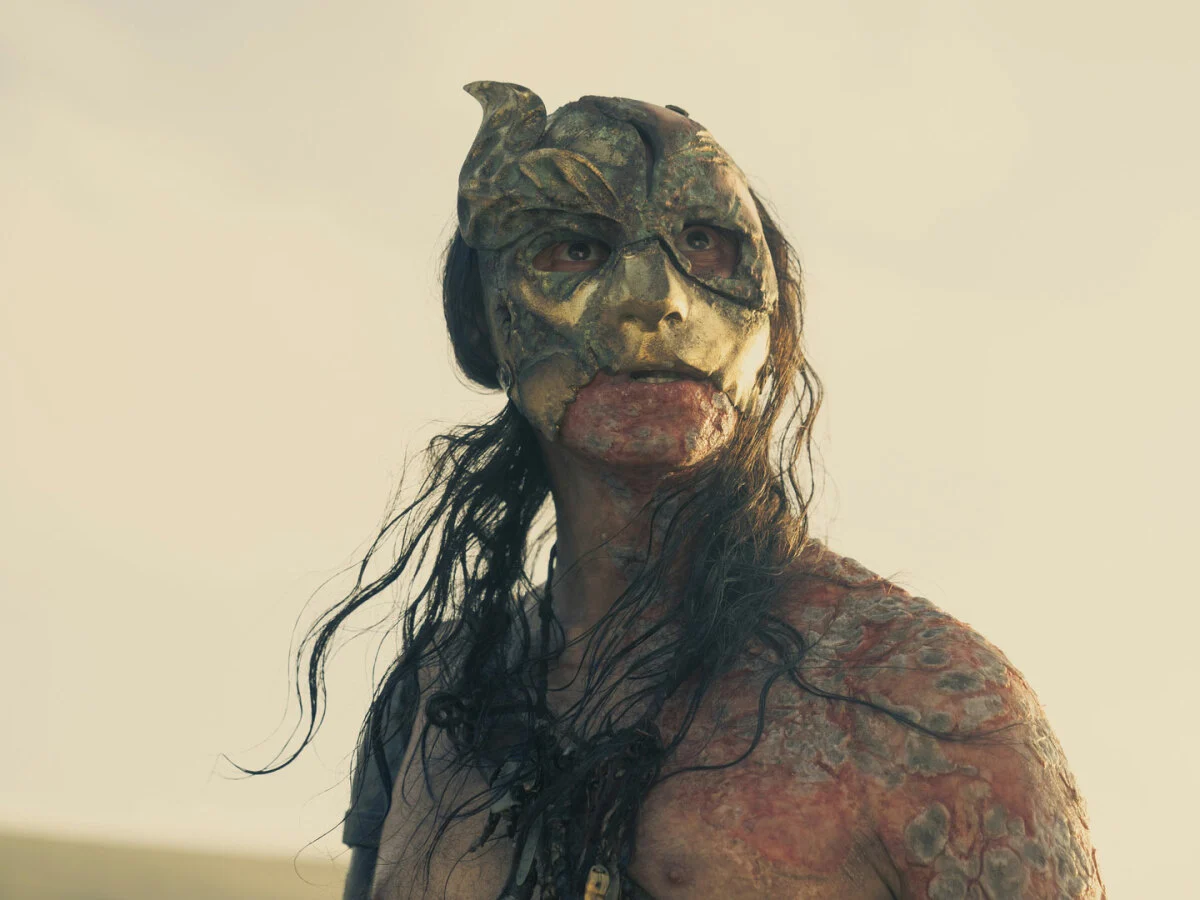
In Fire & Blood, Craghas Drahar is referred to as a “prince-admiral of Myr.” In House of the Dragon’s timeline, the Free City of Myr has had a particularly tense relationship with House Targaryen, and we will discuss that in a moment. Let us start with a brief history lesson. Thousands of years ago, after Valyria fought the Old Ghiscari Empire and captured their lands, they turned their eyes westward and looked to claim the entire Western half of Essos for their own.
Their Fire & Blood-based war tactics managed to make the Rhoynar leave their beloved mother after 250 years of war, and the sheer power that the dragons of Valyria projected was enough to cause the Andals to invade Westeros and make it their new permanent home. But apparently, they didn’t make the shift quick enough because the Freehold managed to conquer at least one walled Andal town before the latter’s departure from Essos, and that town would come to be known as the Free City of Myr.
Now, we know you’re wondering why is Myr called a Free City when Valyria conquered it. Well, it’s all about the details. See, what the Valyrians had built was practically an empire but technically a Freehold, where landholding members made all decisions of a greater council of 40 Families. But the Free Cities were more like outposts established to promote trade and commerce whilst displaying Valyria’s strength and, in the case of Lys, acting as a pleasure retreat for dragonlords.
Myr was founded as a trading colony by the Valyrians and was not under the direct jurisdiction of the dragonlords, instead being governed by its own “citizens”, thus gaining the moniker of a Free City. After the Doom fell upon Valryia, Myr ended up becoming the foremost authority in the world on “finished goods”. Fabrics from Myr, such as lace, velvet and others, are coveted in the Known World for their intricacy and impeccable quality.
The Myrish were also responsible for creating glassware unlike any other in all the realms, and were one of the only people known to have made lenses accurate enough to give scholars an unfiltered look into the heavens; which is a very fancy way of saying that they made telescopes for the “scientists” of George R. R. Martin’s world. Following the fall of Valyria, Myr has been ruled by a conclave of magisters which is basically a council of the richest and noblest citizens of Myr.
It has also continued the tradition of slavery, and it is said that for every free man in Myr, there are three slaves. And when it comes to relations with the Iron Throne in recent years, Myr has been a Free City that has been especially belligerent. During the reign of King Jaehaerys, Prince Morion Martell launched the Fourth Dornish War in 83 AC by invading Cape Wrath in the Stormlands. Myrish sell sails amongst others crewed his ships, and they all died to a man thanks to the fiery breaths of Vermithor, Vhagar and Caraxes.
Then, nearly a decade later, a civil war broke out in Myr which caused the losing faction to flee to the Stepstones. After getting routed from there by the Archon of Tyrosh, these Myr men landed on the Isle of Tarth and quickly captured half of it. The Iron Throne responded by dispatching the Velaryon fleet and Prince Aemon Targaryen (pronounce: Ay-Mun) to the front lines, but the Myrish crossbowmen ended up killing King Jaehaerys’ heir with an errant bolt and plunge the Seven Kingdoms into a succession crisis they never truly recovered from.
Aemon was avenged by his brother Baelon when he burnt all the ships of the exiles and slew their leader with Dark Sister, but the damage to House Targaryen had already been done. Because of Aemon’s passing, the matter of succession became a debate, as Aemon’s eldest daughter Rhaenys was passed over in favor of Jaehaerys’ eldest male descendent Baelon, putting into motion events that would lead to the Great Council of 101 AC. As for why Myr is now looking to anger the Iron Throne, that matter too lies in the Stepstones and the ownership of it; or the perceived ownership, anyway.
A brief introduction to the Triarchy
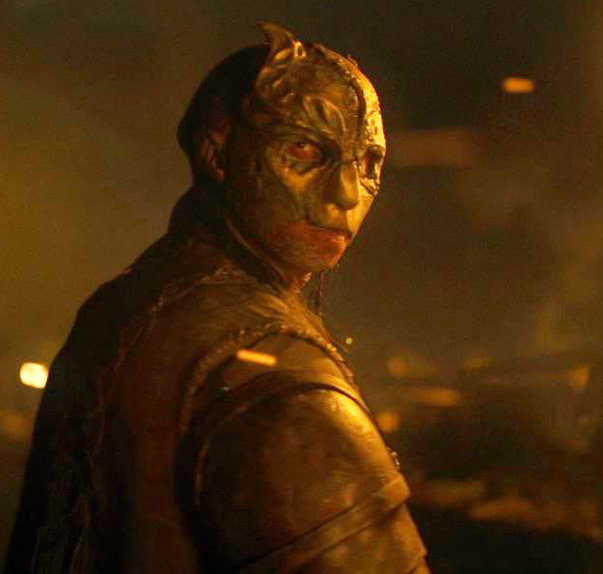
Since the very first Small Council scene, we’ve been hearing about the Triarchy- an “eternal alliance” between three major Free Cities. Those three cities are Lys, Myr and Tyrosh, and they came together in 96 AC after defeating Volantene forces attempting to conquer the Disputed Lands. This triumvirate, when combined, controls the entire Southwestern coastline of Essos, and after defeating the Eldest Daughter of Valyria, they attempted to extend this monopoly to the Stepstones. Now, from a resource perspective, this archipelago in the Narrow Sea is worthless; but from a strategic standpoint, the Stepstones are priceless.
They are the only trade route between the West and the East- if you are planning to go anywhere beyond Myr that is- and a major chunk of the Known World’s naval trade passes through the Stepstones. So securing the Stepstones can give any side a huge political advantage as they would effectively be able to control world trade at an unprecedented scale, and we have to imagine that it is for this reason that the Triarchy’s first action after becoming a thing was to invade the.
Stepstones and clear it of any pirate presence, claiming it for their own. If you want to know more about the Triarchy, let us know in the comments and we will make a separate video on them, but for now, what you need to know about how they relate to Craghas the Crabfeeder, is that he is the leader of this organization in all but name.
Who is Craghas Drahar aka The Crabfeeder?
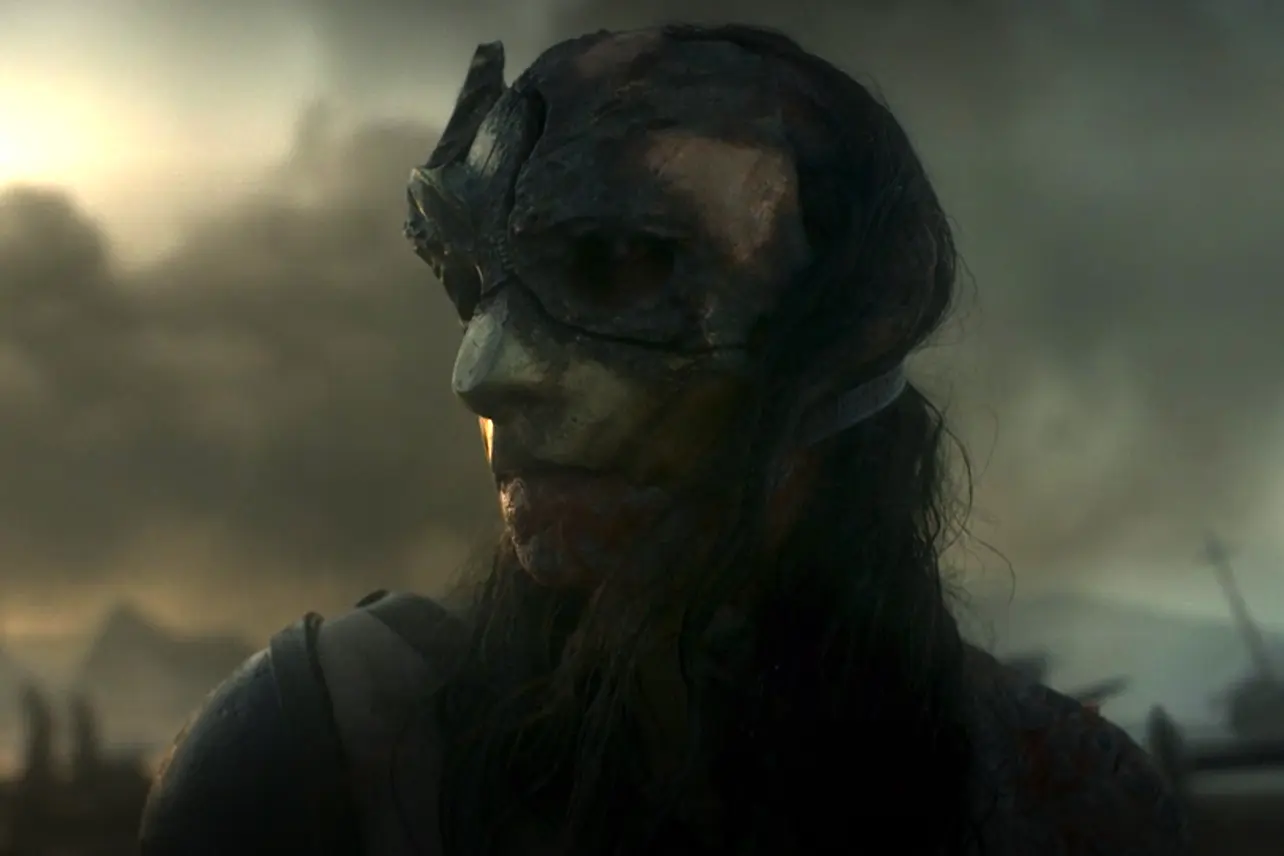
So, remember the Myrish civil war we spoke about a few moments ago? The losing side was completely eradicated by Prince Baelon, Vhagar and their allies, but what happened to the side that won? Well, simple logic would dictate that that side went on to establish the Triarchy with Tyrosh and Lys, and if we are correct about his stature, then Craghas Drahar was at the centre of the action from the side of the Free Cities. As we’ve told you already, in Myr, the decisions are made by a conclave of magisters which is comprised of the city’s wealthiest and noblest citizens and families.
The Drahar Family name is one that keeps reappearing in the annals of the East, so it is safe to say that Craghas is a descendent of Myrish “royalty”. Craghas’ side ended up winning the Myrish Bloodbath- which was described as being extraordinarily violent by all accounts- and then creating an alliance with Lys and Tyrosh to share power amongst the three Cities in exchange for total naval dominance of trade to-and-from the Narrow Sea and Summer Sea.
The aforementioned invasion of the Stepstones was also led by Craghas Drahar, who was named Prince-Admiral of the Triarchy presumably because he was the naval commander of the alliance and one of its foremost figureheads. In Fire & Blood, we are told that Craghas earned his nickname Crabfeeder by ruthlessly feeding the pirates he had defeated at the Stepstones to the waves or the crabs, whichever came first.
He would go on to establish the area as Triarchy territory and create a toll for passing ships, which was paid gladly by the Westerosi in the beginning. But as the years progressed, the tolls increased exorbitantly and after a decade of controlling the Stepstones, the Triarchy was imposing such high tolls and tariffs that it was directly affecting trade in Westeros.
Things reached a boiling point, and Lord Corlys Velaryon- who had relinquished his seat on the Small Council half a decade prior- launched a private war to conquer the Stepstones alongside his dragon-riding ally Daemon Targaryen. For 2 years, Daemon and Corlys battled the Crabfeeder’s forces and finally- in 109 AC- Daemon managed to strike off his enemy’s head and claim his “kingdom”. Thus ended the life of Craghas the Crabfeeder, Prince-admiral of the Triarchy and Lord of the Stepstones; but House of the Dragon is taking a far more sinister approach with him.
Craghas the Crabfeeder in House of the Dragon
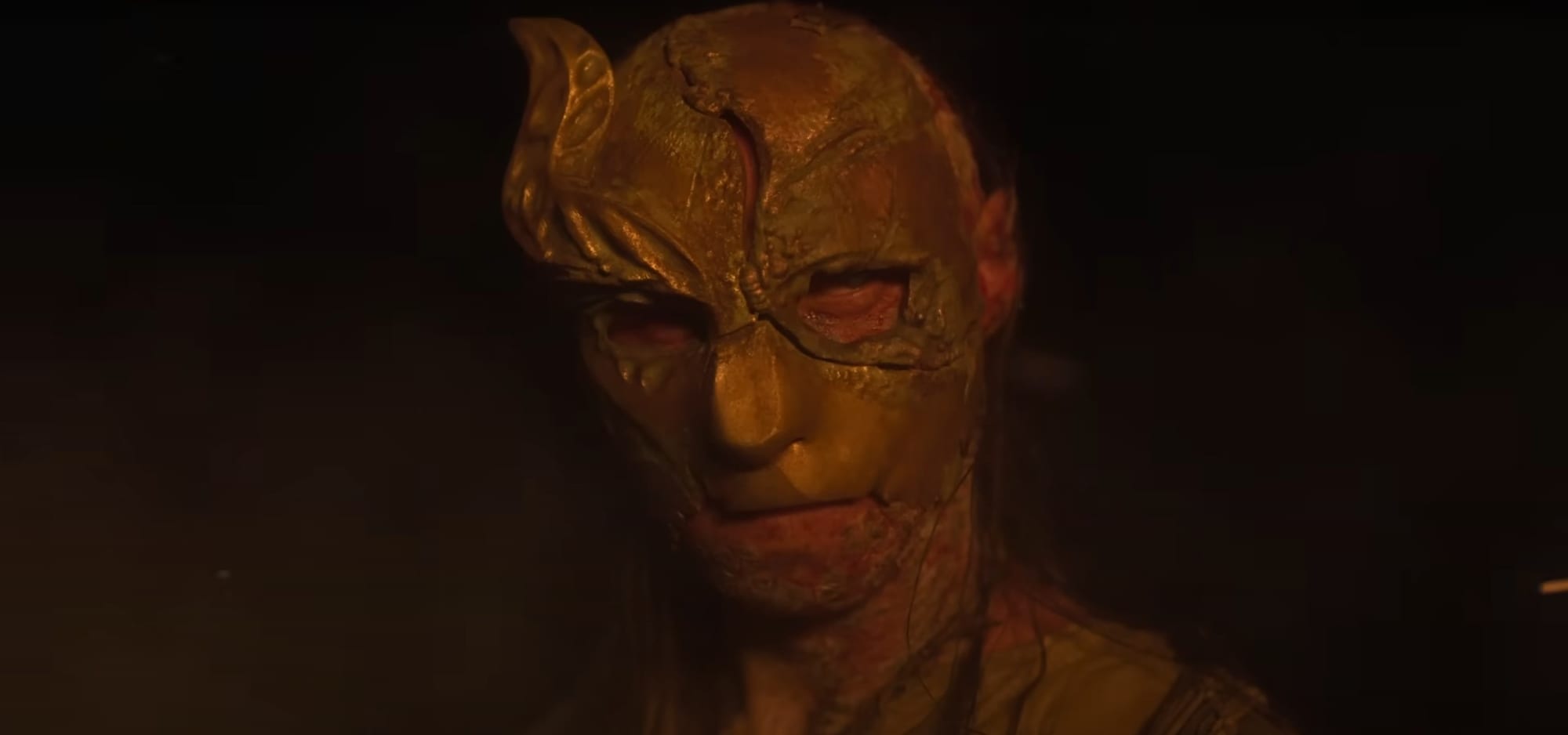
House of the Dragon has already shown us that they are not shy of filling in the massive blanks left behind- intentionally, we might add- by the “author” of Fire & Blood, Archmaester Gyldayn, and it appears that they have taken more than a little bit of creative license when it comes to the Crabfeeder. For starters, let’s talk about the political situation.
Since the timeline of House of the Dragon is truncated- for storytelling and legal purposes- the Crabfeeder is ignored by the Small Council for over a year. This matches what happened in the books, in that Viserys’ advisors were more than happy to pay the toll as long as pirates were kept out of the Stepstones, apparently unaware of the weakness it was projecting to the rest of the Known World.
In the TV show, this concept is given much more weight in order to make us realise that even though Viserys’ reign has been peaceful when isolated from everything else, his weakness will be the cause for the downfall of the dragons. And to add on to that, Craghas is blatantly shown nailing Velaryon sailors to posts, which is a direct attack on the men of the Master of Ships of the Iron Throne and is just as good as declaring hostile intentions towards the Seven Kingdoms.
What is also different is Craghas himself, because he looks nothing like what you would expect a prince-admiral of the Free Cities to look like. In George R. R. Martin’s books, most people from the Free Cities wear absurdly rich clothing as a means to express their status- given that most Free Cities also practice slavery, and isn’t that the mother of all ironies. But one look at Daniel Scott-Smith’s Craghas will tell you that this guy is not the one any of the book fans were expecting to see. For starters, he wears a grossly misshapen mask made out of molten gold, which kind of reminds us of Viserys Targaryen- Dany’s brother- and his golden crown.
When we saw it in the trailers, we thought the mask was created because of gold that stuck to Craghas’ face as he suffered burns, which is a sentence we struggled to articulate dear viewers, but a closer look at the stills tells a far more disturbing story. If you take a close look at the Crabfeeder’s skin, you’ll see that his blood appears to have been boiled from the inside-out, with grey, scale-like protrusions all across his torso.
Yep, it appears as though the Crabfeeder isn’t just a ruthless naval captain, he is also a certified lunatic; because Greyscale- the disease he seems to be suffering from- causes progressive degeneration of the afflicted person’s mental faculties, which means that while his post-nailing, crab-feeding thing might have started out as a brute form of justice, it has definitely devolved into a sadistic pastime for him thanks to the fact he is literally losing his mind. This also explains why he wears a mask, but it doesn’t explain why he is still in command of the Triarchy’s fleet. Greyscale is a notoriously contagious ailment and spreads through touch.
The Crabfeeder has never even attempted to hide his Greyscale in any of the promo footage we have seen so far. So it is possible that those are just severe burn marks on him, but we think there’s more to it than that. Regardless of whether he has greyscale or not, the one thing that we can confirm is that he is going to be facing off against our favourite Rogue Prince in the next episode.
Episode 3 is allegedly going to be set 4 years after episode 2, and by that time, Daemon should have easily conquered the Stepstones and established his own “kingdom”. As a character, Craghas Drahar carries strong echoes of some of the more obscure elements of the mostly-lost culture of the Rhoynar, whose descendants now populate the sands of Dorne. It is said that the native population of Myr is of Rhoynish stock because of the fact that they have similar olive skin and dark hair, and it looks like House of the Dragon is giving us soft confirmation on that via Craghas and his moniker.
In ancient Rhoynish texts, tales are told of an evil Crab King who fights with the Old Man of the River for dominion over all life under the sea. Now, we don’t want to make things too obvious, but just think about everything we’ve told you about Craghas and now picture him as the Crab King. It isn’t a description that is too far off the mark, and what makes the Rhoynish connection even deeper- peculiarly enough- is the fact that Craghas seems to have greyscale. Greyscale is a disease that is closely associated with the fall of the Rhoynar, with some even calling it Garin’s Curse after the Valyrians drove the Rhoynar out of their settlements near the Rhoyne.
In A Dance With Dragons, Tyrion Lannister almost drowns in the Sorrows- the place where Garin’s Curse is said to be at its most-potent- and is literally a breath away from contracting Greyscale himself before Young Griff’s companions save him. So it is possible that with Craghas Crabfeeder, Ryan and Miguel are trying to make the cultural depth of House of the Dragon feel even deeper.
And to be honest with you, it would make a tonne of sense if Craghas vs Daemon turned into a Rhoynar vs Valyrian conflict because much like George R. R. Martin’s writings, the creators of the show have also seemed to have adopted the archetypal approach to storytelling where multiple characters do or say things that an archetype has already been set up to do or say by Martin earlier.
And the last major difference between Craghas from Fire & Blood and Craghas from House of the Dragon is definitely his proclivity for violence. In the former, it was said that the reason for Lord Corlys’ private war on the Stepstones was the exorbitant tax rates imposed by the Triarchy, whereas in the latter, it is clearly said that the Crabfeeder attacked one of the Sea Snake’s ships and killed all his men.
House of the Dragon has made it clear that they are not going to shy away from making things personal, so it will be very interesting to see how they treat Craghas Drahar and his history, because he might not be a major character, or be overtly important to the plot, but he is one of the most-intriguing villains that the Game of Thrones universe has given us since Ramsey Bolton, and we cannot wait to see how things play out with him in future episodes of Season 1; even though we know his eventual fate.
Marvelous Verdict
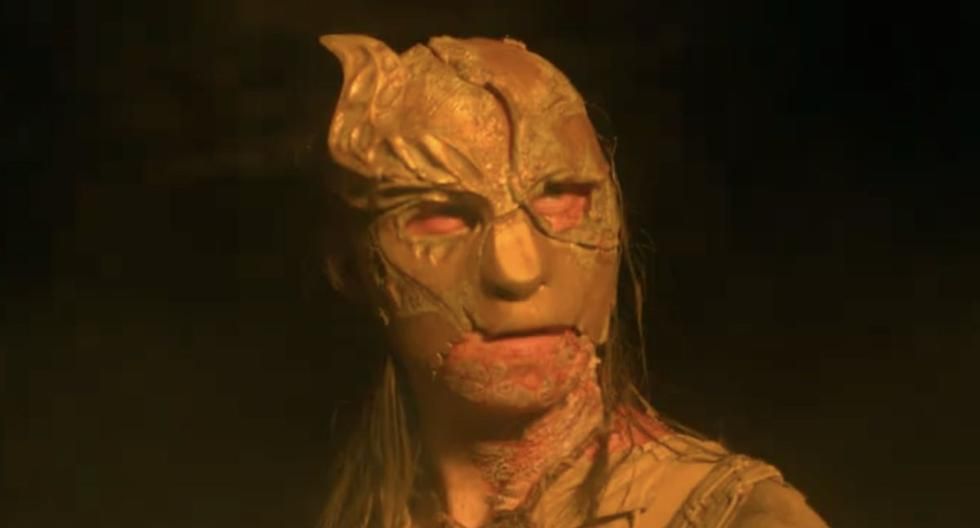
House of the Dragon is not going to be a show where finding characters to root for is going to be easy; but having said that, finding someone to despise absolutely seems not to be a problem at all, because we already hate Craghas the Crabfeeder and he hasn’t even spoken a word yet. He looks and feels almost like a cult leader whose language is pure, maritime violence and whose men follow him blindly even after knowing full well that he is carrying a potentially deadly disease that can render them all crazy.
Prince-admiral Drahar is arguably one of the better quiet villains the Game of Thrones franchise us, and definitely one of the best villains overall considering what their idea of a “bad guy” became towards the final two episodes of the first series. Luckily for us, House of the Dragon seems dead set on righting those wrongs, and here’s hoping that The Crabfeeder is but one of many.
